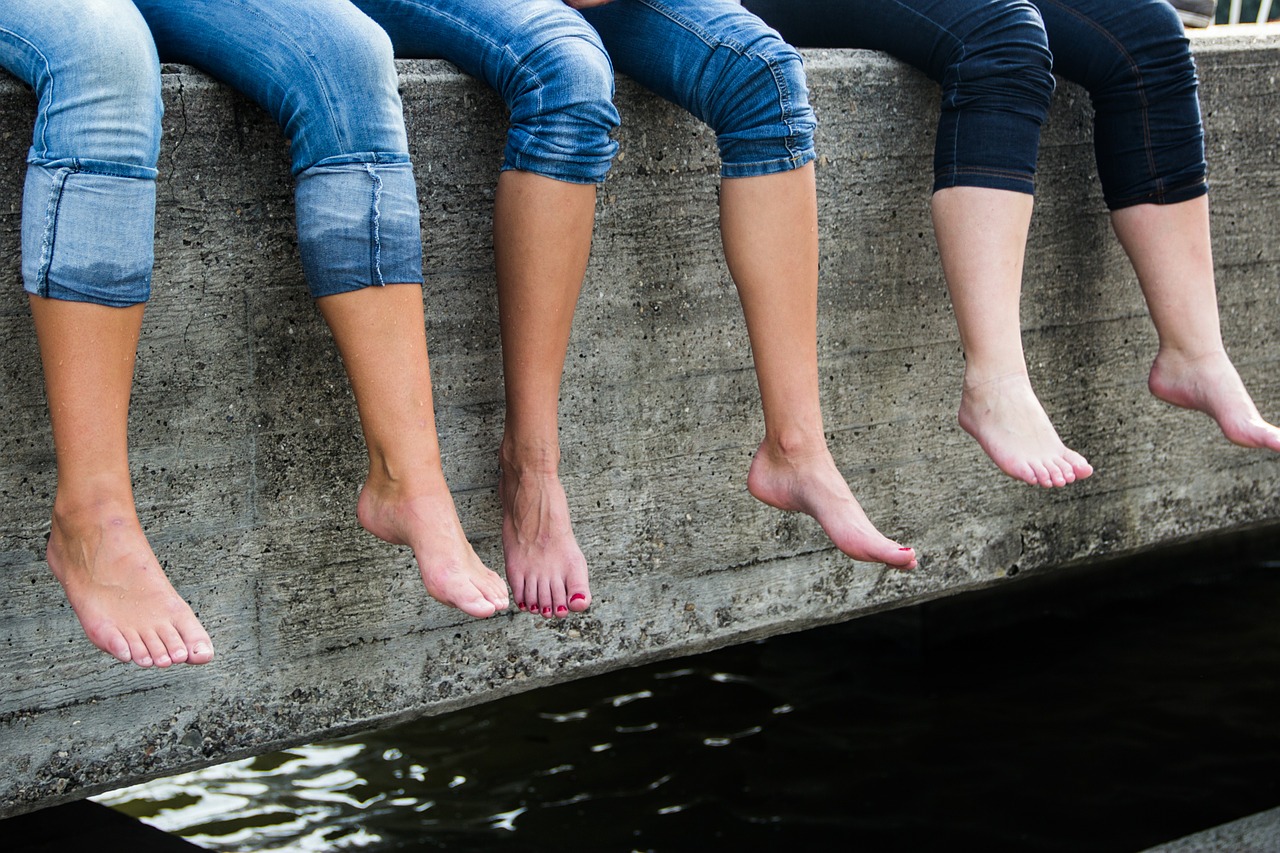Most people do notice a slight difference between leg length. Men would usually notice it when they are measured for a suit or a pair of trousers. At times, it may be picked up at birth by the health professionals. The difference in length is usually very small, and because the body adjusts itself accordingly, an individual may never notice nor have a problem with leg length inequality. This is usually if the discrepancy is less than 5 mm, but a difference higher than this can lead to lower back pain. If the difference is higher than 9mm, there is a much greater chance that lower back pain will be experienced.
What are the symptoms of leg length discrepancy?
The first would be that it is visually obvious that one leg is longer than the other one and this can affect the standing and moving position of the individual. The posture is going to be affected, and it becomes more obvious if the individual is required to “stand up straight”. When walking or striding out, people move in a recognisable pattern, the arms may swing, and the body keeps at the same vertical position as they assume a normal gait or manner of walking. If there is a difference in length of leg, then the distance between each stride will be uneven and this will affect the manner of walking. The symptom that causes the biggest problem is pain in the lower back as well as pain in other lower limb joints such as knees, hips and ankles. This can eventually affect all aspects of day to day living.
What causes leg length inequality?
There are a couple of reasons. One of which is that is the way the leg is structured from birth, or due to an accident (motorbike injuries for example). Fractures or bone disease can result in differing lengths, as could conditions such as arthritis of the hip. Babies born with undiagnosed dislocated or shallow hips can also be affected in later years by leg length inequality. Another reason is that the pelvis is poorly aligned to the rest of the bone structure. Whatever the cause, the body attempts to be symmetrical. Therefore, it will do what it can to compensate for this difference in length.
A structural short leg is short because of less knee joint space, a hip disorder, or any fracture history. This can be managed by having lifts placed in one shoe. Functional short leg is caused by environmental or postural stress. If the muscles are tighter on one side of the body, or there is a fallen arch in the foot, this is functional short leg inequality and there is another form of treatment available.
Treating lower pain back associated with functional short leg length
A number of people find that chiropractic care, a health care system that treats the whole individual and unlocks the body’s natural healing ability, can be beneficial when it comes to this health problem. An experienced qualified practitioner will map out a treatment plan for lower back pain caused by leg length inequality. Treatment and pain management will be discussed including spinal and lumber adjustments.
This is managed by the chiropractor using a side posture lumber adjustment. The chiropractor will weigh the individual on 2 different scales at the same time because they need to see the weight distribution between the left and right leg. The person is going to be heavier on the short leg side and this is because the body leans toward the right side in order to keep balanced.
The patient will then be asked to roll onto their side with the shorter leg facing upwards so that the chiropractor can carry out a lumber roll. This is needed in order to rotate the pelvis and carry out the appropriate adjustment that will free up the muscles to correct the discrepancy. This should not be a painful exercise and once completed the patient will be required to lie face down so that the leg length can be measured. Once re-weighed, any difference between the weight distribution is usually balanced out between the right and left leg.
The patient may have to undertake more than one treatment and visits in order to help the body regain its balance. Depending on the difference and degree of leg length, the chiropractor may also recommend orthotic heel lifts. Whilst chiropractic care can loosen up tight muscles, joints, and realign the spine, the pelvis and hips may also need to be rebalanced. Orthotic heels help to balance the legs, hips and pelvis which in turn reduces the symptoms of leg length inequality and reduce pain felt in the lower back.
It is important to have a discussion with the chiropractor to understand what chiropractic adjustments can be made to alleviate back pain caused by this condition. They will review the overall health and lifestyle of the patient in order to recommend an overall treatment plan as well as discuss how to manage the condition moving forward.
Book an appointment with a chiropractor today and discuss what treatment plan is best for you when you are suffering from lower back pain due to leg length inequality.




